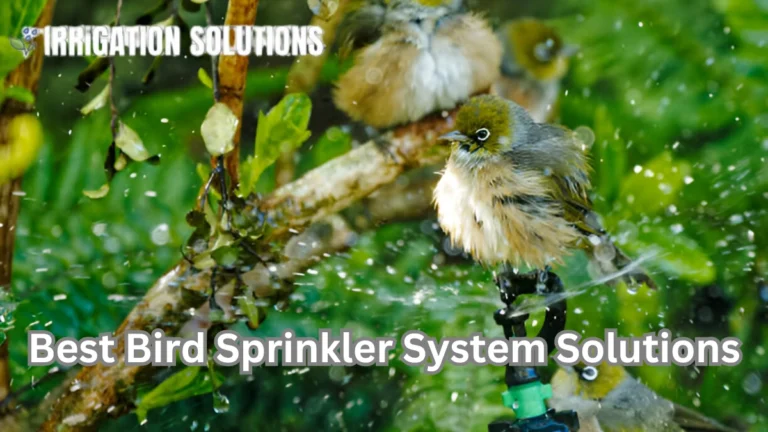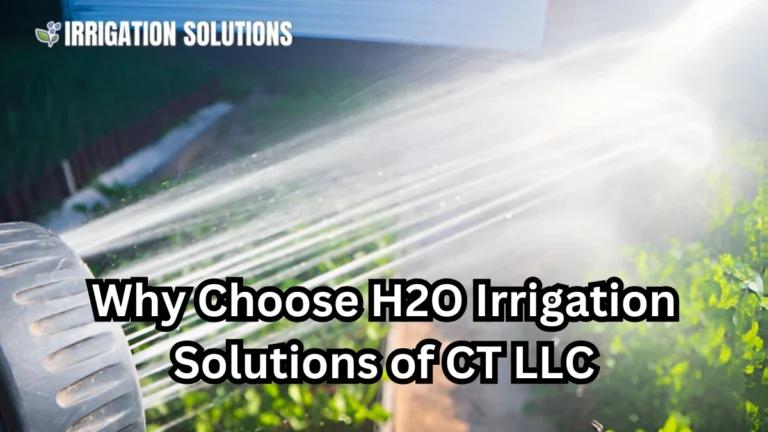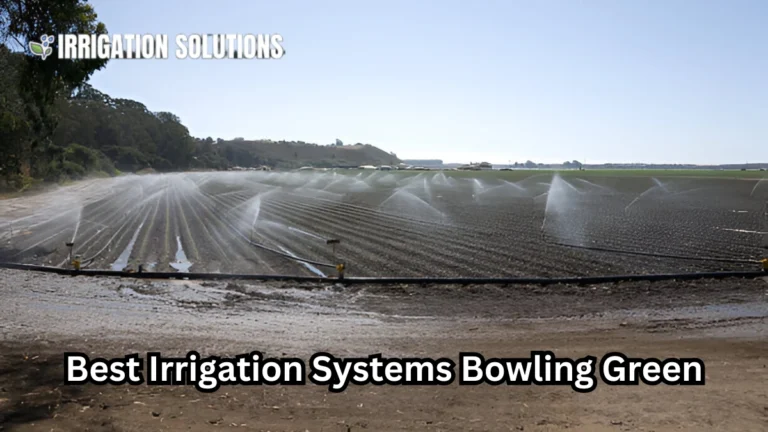best irrigation solution uk

Efficient water management is at the heart of sustainable agriculture, landscaping, and urban planning in the irrigation solution uk. As climate patterns shift and water demand rises, irrigation solutions in the UK are becoming more innovative, tailored, and essential. Whether you’re a farmer, a landscaper, or a homeowner, selecting the right irrigation method can save resources, boost productivity, and promote sustainability.
In this blog, we’ll explore cutting edge irrigation systems, their benefits, and how you can choose the right one for your needs.
Why irrigation solution uk
The UK experiences variable rainfall, often leading to dry spells in critical growing seasons. Agriculture, accounting for 70% of global freshwater usage, heavily relies on efficient irrigation to sustain crop yields. Urban landscapes and gardens face similar challenges, requiring smart solutions to maintain greenery while conserving water.
Key statistics:
- Defra reports: UK agriculture uses around 1.4 billion cubic meters of water annually, with irrigation making up a significant proportion.
- Prolonged dry periods between May and September can reduce crop yields by 20-50% without irrigation.
- The demand for advanced irrigation systems is expected to grow by 6% annually through 2030.
Types of Irrigation Solutions in the UK
Drip Irrigation Systems: Precision Watering
How it works: Drip irrigation involves delivering water directly to the plant roots through a network of pipes, tubes, and emitters. It minimizes evaporation and runoff, making it one of the most water-efficient methods.
Benefits:
- Saves up to 70% water compared to conventional systems.
- Reduces weed growth by targeting specific plants.
- Ideal for row crops, vineyards, and gardens.
Example: A vegetable farm in Kent reported a 35% increase in yield after installing a drip irrigation system, saving over 500,000 liters of water annually.
Sprinkler Systems: Broad Coverage
How it works: Sprinkler systems mimic rainfall by spraying water over a large area using rotating heads or stationary emitters.
Benefits:
- Suitable for large fields, lawns, and golf courses.
- Adjustable to different water pressures.
- Can be automated for convenience.
Limitations: Sprinklers are less effective in windy areas, where water may drift or evaporate.
Surface Irrigation: Traditional but Effective
How it works: Water flows across the land’s surface, saturating the soil. This method is commonly used for crops like wheat and barley.
Benefits:
- Low cost setup.
- Utilizes natural water sources like rivers.
Drawbacks:
- Higher water wastage due to evaporation and runoff.
- Requires level fields for even distribution.
Smart Irrigation Systems: The Future of Water Management
How it works: These systems use sensors, weather data, and automated controls to optimize water delivery based on soil moisture and climate conditions.
Benefits:
- Reduces water usage by up to 50%.
- Provides real time data for better decision making.
- Ideal for urban landscapes and large scale agriculture.
Case Study: A golf course in Surrey integrated a smart irrigation system, reducing water use by 40% annually while maintaining lush greens.
How to Choose the Right Irrigation Solution
Assess Your Water Source
- Primary options: Boreholes, rainwater harvesting, municipal supplies.
- Tip: Test water quality, as high salinity can damage crops and equipment.
Evaluate Soil Type
- Sandy soils require frequent, light watering.
- Clay soils benefit from slow, deep irrigation.
Consider Crop or Landscape Needs
- Shallow rooted plants like lettuce thrive with drip systems.
- Lawns and wide fields are better suited to sprinklers.
Factor in Climate
- Areas with high evaporation rates may benefit from covered drip systems.
- Rainy regions might use irrigation only as a backup during dry spells.
Cost Comparison Table: Irrigation Systems in the UK
| Irrigation Type | Initial Cost (£) | Maintenance Cost (£/Year) | Water Savings | Best For |
| Drip Irrigation | 1,500 – 5,000 | 200 – 500 | Up to 70% | Row crops, gardens |
| Sprinkler Systems | 1,000 – 4,000 | 150 – 400 | Moderate | Lawns, sports fields |
| Surface Irrigation | 500 – 2,000 | 100 – 300 | Low | Traditional agriculture |
| Smart Irrigation Systems | 2,000 – 10,000 | 300 – 800 | Up to 50% | Large farms, urban areas |
Best Practices for Maintaining Irrigation Systems
- Regular Inspections: Check for leaks, clogs, and wear and tear.
- Seasonal Adjustments: Calibrate systems for changes in weather and crop cycles.
- Water Quality Testing: Ensure pipes and emitters remain free of sediment buildup.
- Automation Upgrades: Add smart controllers for better efficiency.
Environmental Benefits of Efficient Irrigation
Switching to advanced irrigation systems can significantly reduce water wastage and energy consumption. According to the Environment Agency, smarter irrigation could lower agricultural water use by 25%, conserving resources and protecting ecosystems.
Conclusion:
Investing in the right irrigation solution in the UK can transform how you manage water resources, whether for agriculture, landscaping, or urban planning. With options ranging from drip systems to state of the art smart irrigation, there’s a solution for every budget and need.






